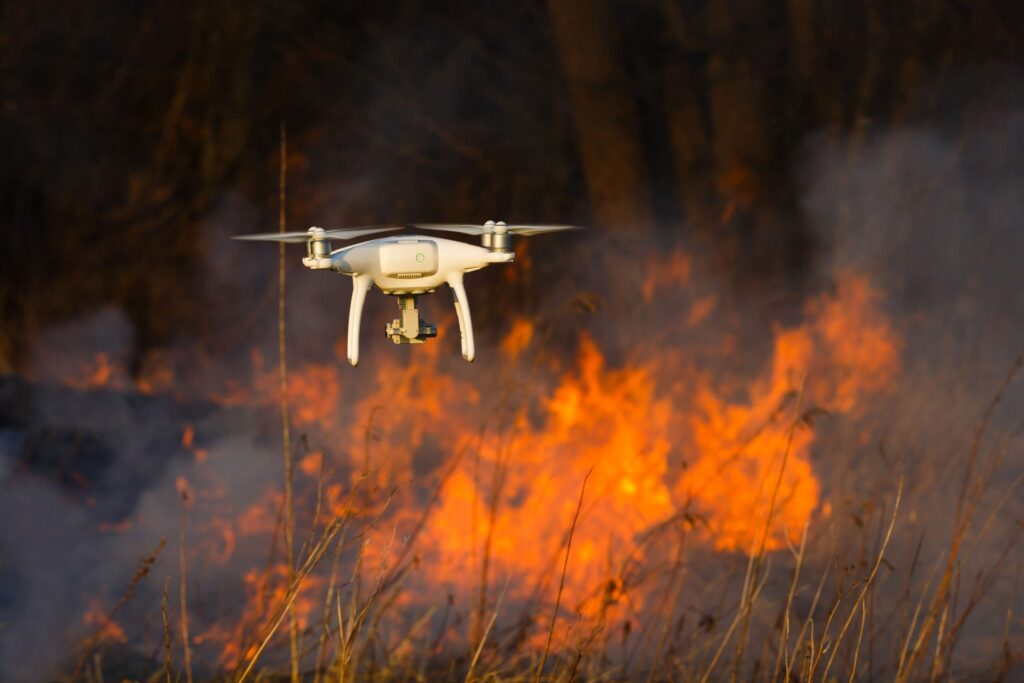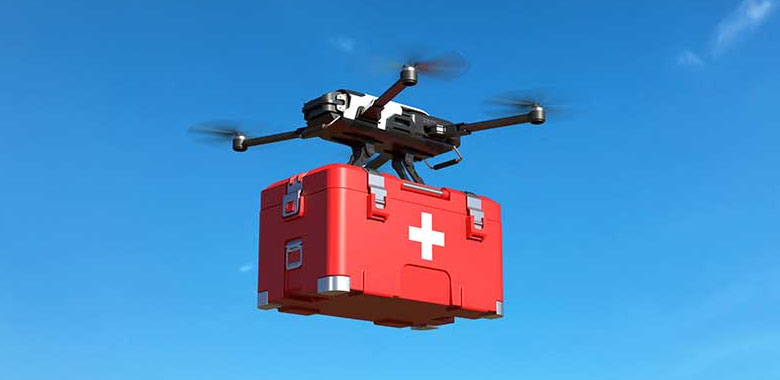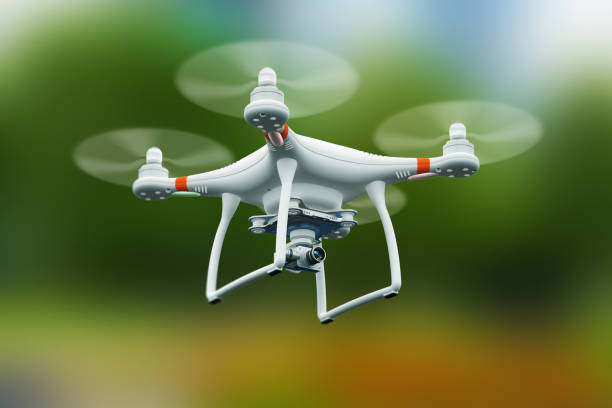In the not-so-distant past, drones were considered high-tech toys or military-exclusive gadgets. Today, they have become central to innovation across multiple sectors, from filmmaking and agriculture to logistics and emergency response. Drones have evolved from niche-specific use, where only tech-related fields or tech-savvies used them, to a necessary gadget for various industries. The device has transformed how we view air mobility, data collection, and even delivery services.
The growing popularity and functionality of drones can be attributed to rapid technological advancements and increased affordability. With improved battery life, real-time data transmission, precision controls, and AI integration, drones are now more accessible and more capable than ever. For businesses, governments, and individuals alike, these devices have unlocked possibilities that would have seemed far-fetched a decade ago. Let’s look into how these flying machines have become modern game changers in today’s society.
Revolutionising Aerial Photography and Filmmaking
Perhaps the most well-known use of drones lies in the creative industry. Drones have changed the game for filmmakers, photographers, and content creators by offering dynamic aerial shots that would otherwise require helicopters or cranes, which were cost-intensive and complicated. Some flagship drones now come equipped with stabilized 4K or even 8K cameras, allowing for cinema-quality visuals at a fraction of the cost. Directors and videographers are using drones not only for scenic landscapes but also for complex action sequences and real-time broadcasting. Wired Magazine has stated that “Drones have democratized aerial filmmaking—what used to take a Hollywood budget now fits in a backpack.”
Transforming Agriculture Through Precision Farming
In agriculture, drones have become indispensable. Farmers use them for soil analysis, crop monitoring, irrigation management, and pesticide spraying. With multi-spectral imaging, drones can assess plant health in real-time, helping farmers make data-driven decisions to improve yield and reduce waste. In countries like Kenya and India, drone-based agriculture is becoming more common as a cost-effective solution to monitor large-scale farms. They not only reduce labor demands but also increase precision in resource usage. This leads to healthier crops and higher profits in the long run.
Enhancing Emergency Services and Disaster Response
One of the most life-saving applications of drones is in disaster response and emergency management. During wildfires, drones can fly over hazardous zones and provide imaging to track fire movement and assess damage. In health crises, such as during the COVID-19 pandemic, drones were deployed to transport vaccines and medical equipment. In Ghana, Zipline’s drone delivery system which was introduced under the previous government has been praised globally for delivering healthcare logistics to rural areas in good time.

Changing the Landscape of Delivery and Logistics
In Africa, where rural infrastructure can be challenging, drones have proven especially valuable. Ghana’s Ministry of Health partnered with Zipline to deliver blood and essential medications across remote communities, a solution that’s been recognized by the World Economic Forum. From food and parcel delivery to medical supplies, drones are rapidly redefining logistics. Companies like Amazon, UPS, and DHL have already launched pilot drone delivery programs, aiming for quicker, contactless delivery solutions. Lightweight packages can now be transported within minutes. This drastically cuts down on delivery times and reduces road congestion.

Drones and Law Enforcement
Security agencies and private firms have not been left out when it comes to implementing drones in their activities. In advanced countries such as the US, drones equipped with night vision, facial recognition, and long-range zoom are now part of regular surveillance in cities and at events. They’re used for crowd monitoring, traffic management, and crime prevention.
Police in the UK and US have used drones to patrol hard-to-reach areas, helping to improve response time and reduce risk to human officers. While their use raises important questions about privacy and regulation, the efficiency they offer cannot be denied.
Why Drones Are Here to Stay
What sets drones apart is their versatility. They permeate every facet of human life and can be used to improve lives in one way or another. From everyday people flying drones for fun to major corporations investing in drone fleets for delivery, their uses are expanding across all sectors. As AI continues to improve, future drones are expected to be even smarter, capable of autonomous navigation, avoiding obstacles, and more. The global drone market is expected to exceed $90 billion by 2030, driven by demand in sectors such as logistics, defense, agriculture, and filmmaking. Regulatory frameworks are also catching up, with more countries outlining rules to ensure safety and responsible usage.
Drones are no longer just flying cameras or remote-controlled toys. They are powerful tools that are changing industries and saving lives. Their impact is both visible and undeniable, offering speed, efficiency, and access like never before. Whether you’re a tech enthusiast, a farmer, a filmmaker, a policymaker, or just a regular person, it’s clear that drones aren’t just part of the future, they’re a vital part of the present, and from the look of things, their influence is only just taking off.




